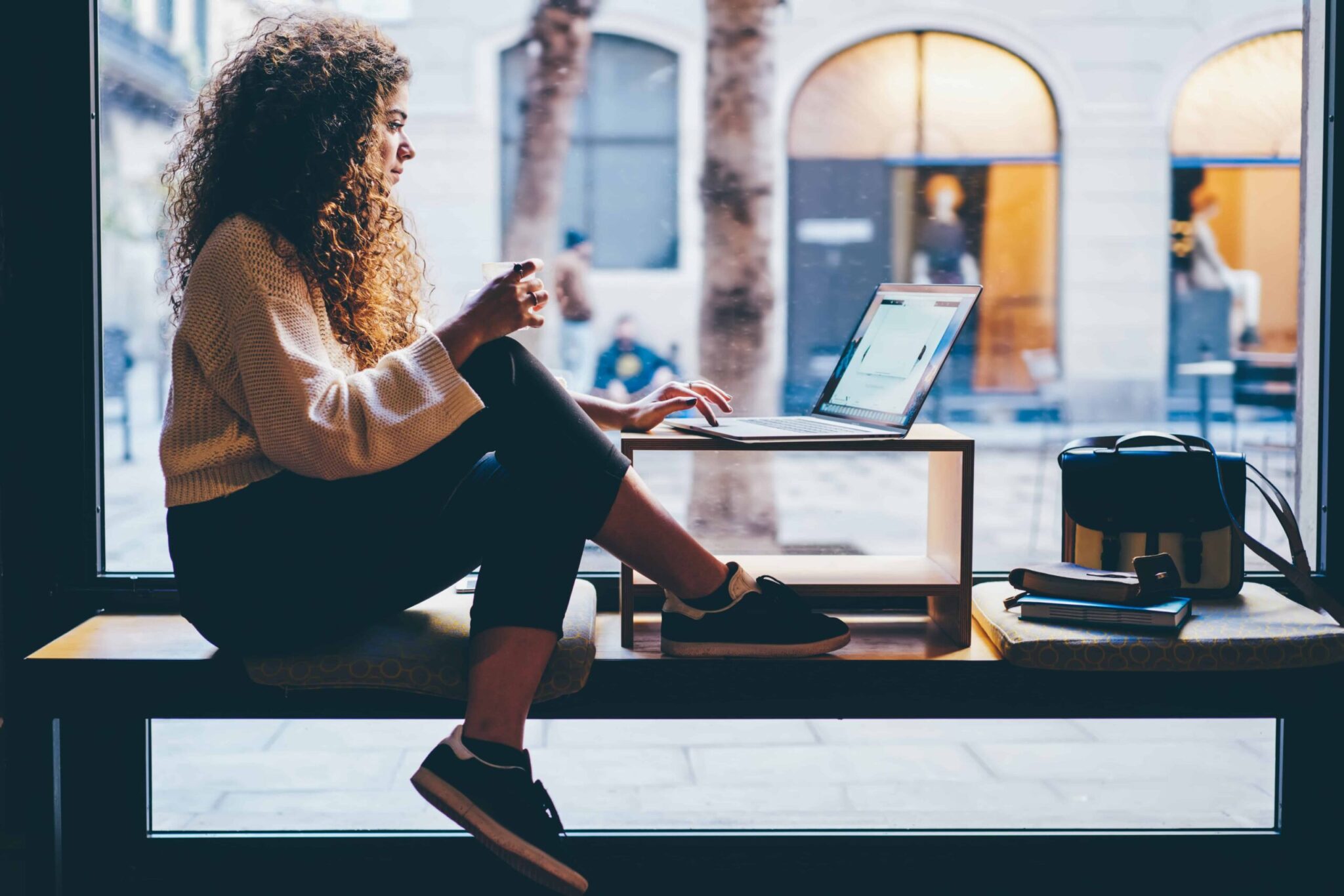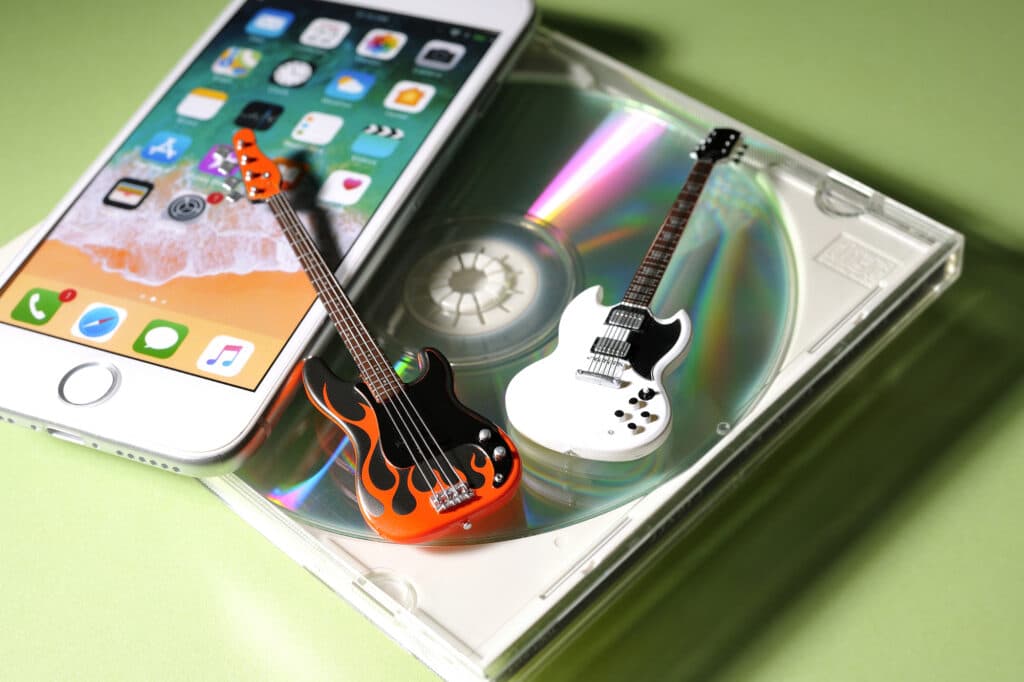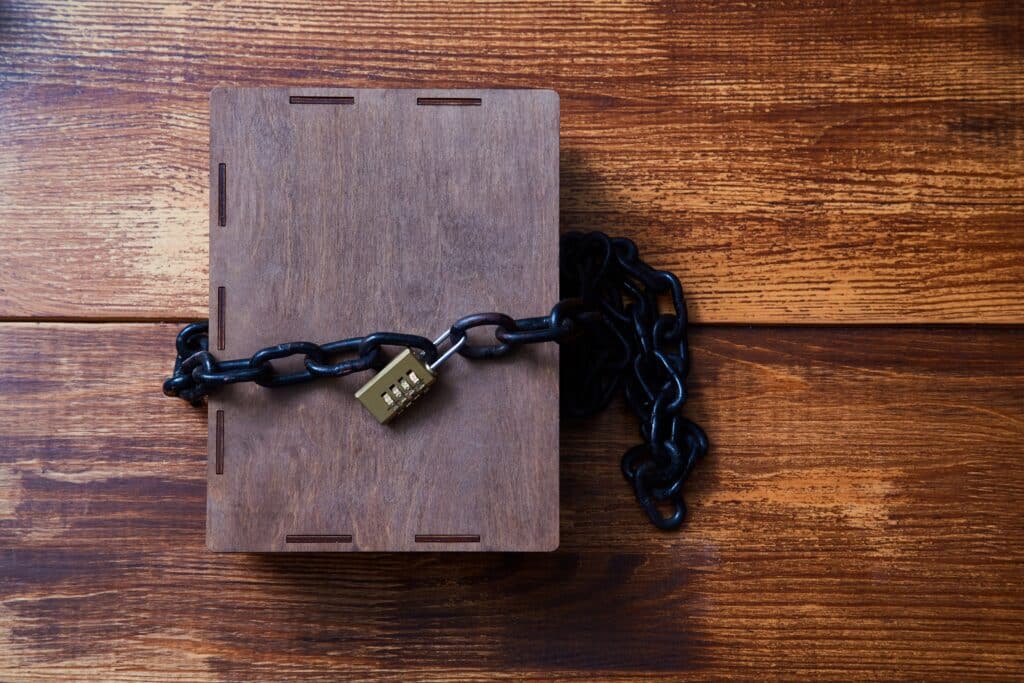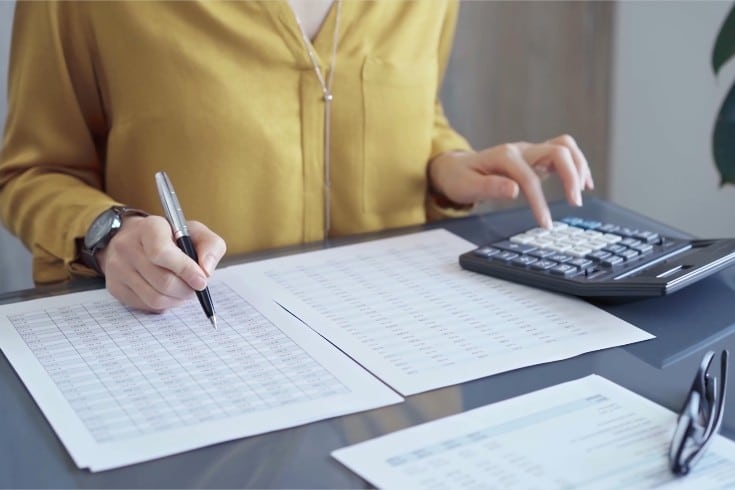'What is 'Quotation' in the Japanese Copyright Law? Explaining the 4 Requirements for Legal Compliance'

With the advancement of the internet, information dissemination is being carried out in various ways in recent years. For instance, individuals may disseminate information through social networking services (SNS) and video streaming. On the other hand, companies may operate their own media to disseminate information. This method of owning and operating media is referred to as Owned Media. While this can be an issue for individuals disseminating information, a particularly important concern for companies operating media is copyright infringement. As companies often operate on a larger scale than individuals, infringing on someone else’s copyright could potentially lead to significant problems. Therefore, this article will introduce ways to quote text and images without infringing on copyright, in order to prevent such infringements.
What is Copyright?

First of all, “copyright” refers to the rights granted to the author of a work. Unlike patent rights, which require registration procedures, copyright naturally arises without any procedures at the time of creation. Because no procedures are required for copyright to be recognized, it is referred to as a non-formalistic system.
How to Legally Use Someone Else’s Work (License Agreement)
As a general rule, using someone else’s work without permission is a violation of the Japanese Copyright Law. Therefore, when using someone else’s work, it is necessary to be careful not to violate the Japanese Copyright Law. One way to legally use someone else’s work is to obtain ‘permission’ from the rights holder to use the work. This contract to obtain ‘permission’ is generally referred to as a license agreement.
Methods to Use Others’ Works Without Obtaining Permission
In the previous section, we introduced methods to use others’ works with their permission. However, there are also ways to use others’ works without obtaining their permission. For example, in the following situations, it is possible to use others’ works without their permission:
- Private use and use of accompanying works
- Educational purposes
- Library, art museum, and museum-related purposes
- Welfare-related purposes
- News reporting and similar purposes
- Legislative, judicial, and administrative purposes
- Non-profit and free performances, recitations, loans, etc.
- Quotation-related purposes
- Artwork, photography, and architecture-related purposes
- Computer and network-related purposes
- Broadcasting and cable broadcasting-related purposes
When operating your own media, you may quote others’ works. Some people vaguely understand that “if it’s a quote, it’s allowed,” but not all quotes are unlimitedly permitted. Under the Japanese Copyright Law, it is necessary to quote in a manner recognized as a lawful quote.
What is “Quotation,” a Legal Way to Use Copyrighted Works?
As mentioned above, when operating media, the most important thing is quotation. Whether it’s text-based media like owned media or videos uploaded by YouTubers, there are cases where they feature “someone wrote something or mentioned something” and publish opinions and reviews about it. The most applicable method of using copyrighted works without the permission of the copyright holder (i.e., the person who made the original statement or writing) is “quotation” under the Japanese Copyright Law.
Article 32, Paragraph 1 of the Japanese Copyright Law defines quotation as follows:
Published works may be quoted. In this case, the quotation must conform to fair practice and must be within the limits justified by the purpose of news reporting, criticism, research, or other purposes of quotation.
In order to be recognized as a legal quotation under the Japanese Copyright Law, it is believed that the following requirements must be met when quoting someone else’s copyrighted work:
The work has already been published (Publication Requirement)
In order for a work to be considered as already published, it needs to have been issued or published by a licensed person.
The work is being quoted (Quotation Requirement)
This requirement can be further divided into two parts as follows:
- Clear Distinction → Quoted parts need to be clearly distinguished from the parts created by the user, such as by using quotation marks.
- Subordination → If the part created by the user is extremely small and mostly consists of someone else’s copyrighted work, it cannot be considered a quotation. The relationship must be such that “the quoted part is subordinate, and the original part is dominant.”
Conformity to Fair Practice (Fair Practice Requirement)
What kind of quotation method meets the fair practice requirement is determined on a case-by-case basis, but there have been cases in court where the presence of source indication was used as a criterion for judgment.
Belonging to a Justifiable Range (Justifiable Range Requirement)
For quotations, it is considered justifiable if it is within the minimum necessary range to achieve the purpose of the quotation.
About Quoting Text

When quoting someone else’s text, it is necessary to thoroughly check whether the above requirements are met. In particular, the requirement that needs to be careful in media operation is the above-mentioned fair use requirement. In media operations, it is often possible to create text and content in-house without quoting. Also, you can request writers and others to create text and content.
Indeed, in “reporting, criticism, research,” etc., the range in which the necessity to quote other people’s text is recognized is considered wide. However, in media operations, depending on the content handled, there are many cases where quoting is not necessarily required. Therefore, the range that is judged not to meet the fair use requirements is also considered wide. When using someone else’s text in media operations, please make sure to check whether the requirements for “quotation” recognized under the Japanese Copyright Law are met, or obtain the permission of the rights holder.
https://monolith.law/corporate/copyright-law-ng-text-image[ja]
About Image Quotation
As a general rule, images of works are considered copyrighted material, and therefore, require the consent of the copyright holder. Exceptionally, if it falls under the “quotation” in the Japanese Copyright Law, the consent of the copyright holder is not necessary. The issue often raised with images is the relationship of dominance and subordination in the quotation requirements. For example, in cases where a photo taken by someone else, a painting, or an illustration is primarily posted, and comments are added to it as an “extra”, it can be judged that “the image is dominant and the comment is subordinate”, and it is highly likely that it will not be recognized as a legitimate quotation.
However, the criteria for determining whether it falls under “quotation” are not clear. Unless it can be clearly stated that it falls under the above, it is better to obtain the consent of the copyright holder in addition to the annotation of the source. If the original of the image data is not the work itself, but a photograph taken of it, it is necessary to be careful as the consent of the author of the photograph may be required in addition to the consent of the author of the work itself.
Also, for photographs, if the subject is a person, there is a possibility that portrait rights and privacy rights may be recognized, and if it is a celebrity or other famous person, there is a possibility that publicity rights may be recognized. Therefore, even if the requirements for quotation under the Japanese Copyright Law are met, it is necessary to carefully check whether there are any problems in relation to portrait rights, privacy rights, and publicity rights.
https://monolith.law/reputation/portraitrights-onthe-internet[ja]
https://monolith.law/reputation/publicityrights[ja]
About Video Quotation
Recently, there has been an increase in cases where the legality of quoting within videos has become an issue. For example, quoting another YouTube video within a YouTube video, or using someone else’s music as background music to create a video that conveys a certain message. We have introduced court cases related to this point in the following article.
https://monolith.law/corporate/copyright-law-ng-video[ja]
Can Quotations Be Made When the Rights Holder Prohibits Quotations?
There may be instances where a work is marked with “No Quotation Allowed”. Some people believe that quoting such a work would be illegal. However, this “No Quotation Allowed” notation only holds a factual meaning and does not carry any legal significance. Therefore, if the requirements for quotation under the Japanese Copyright Law are met, it is legal to quote the work, even if it is marked with “No Quotation Allowed”.
In other words,
Even without the specific individual permission (license agreement) of the copyright holder, if a general prohibition (No Quotation Allowed) is explicitly stated, it is still possible to legally use the work if it falls under the “quotation” stipulated in the Japanese Copyright Law.
That’s why “quotation” is so important for media operations.
Summary
We have explained how to quote text and images without infringing on copyright. If you infringe on copyright, you may face risks such as claims for damages from the rights holder, and there are also issues of reputational risk, such as a decline in the evaluation of the media you operate. Therefore, it is necessary to be careful not to infringe on copyrights lightly. Regarding the quotation of copyrighted works, as introduced in this article, it is necessary to meet the requirements stipulated in the Japanese Copyright Law, so it is desirable to receive advice from a lawyer.
Category: General Corporate
Tag: General CorporateIPO





















